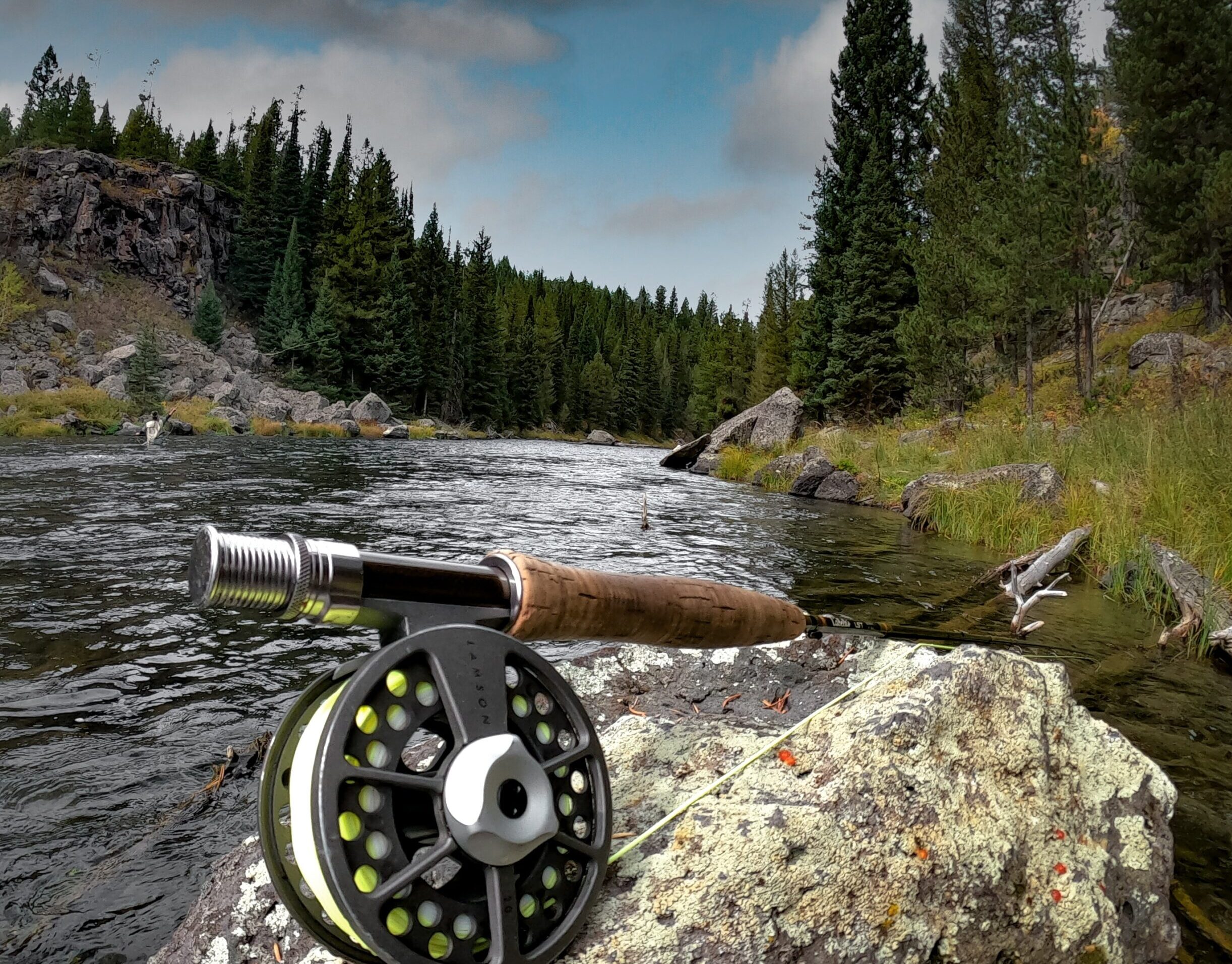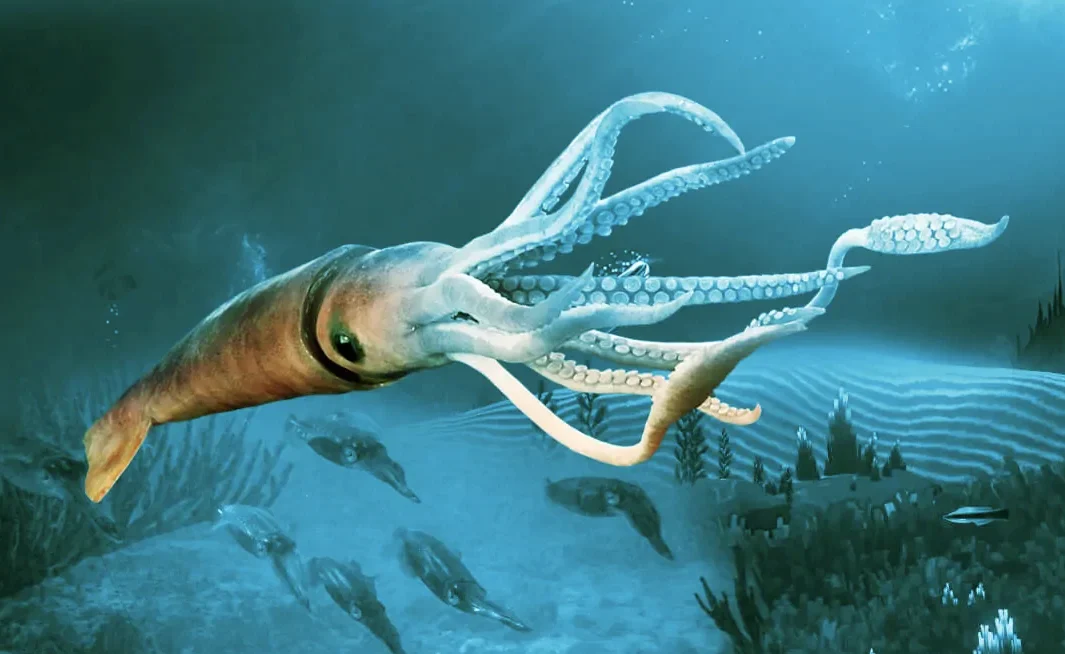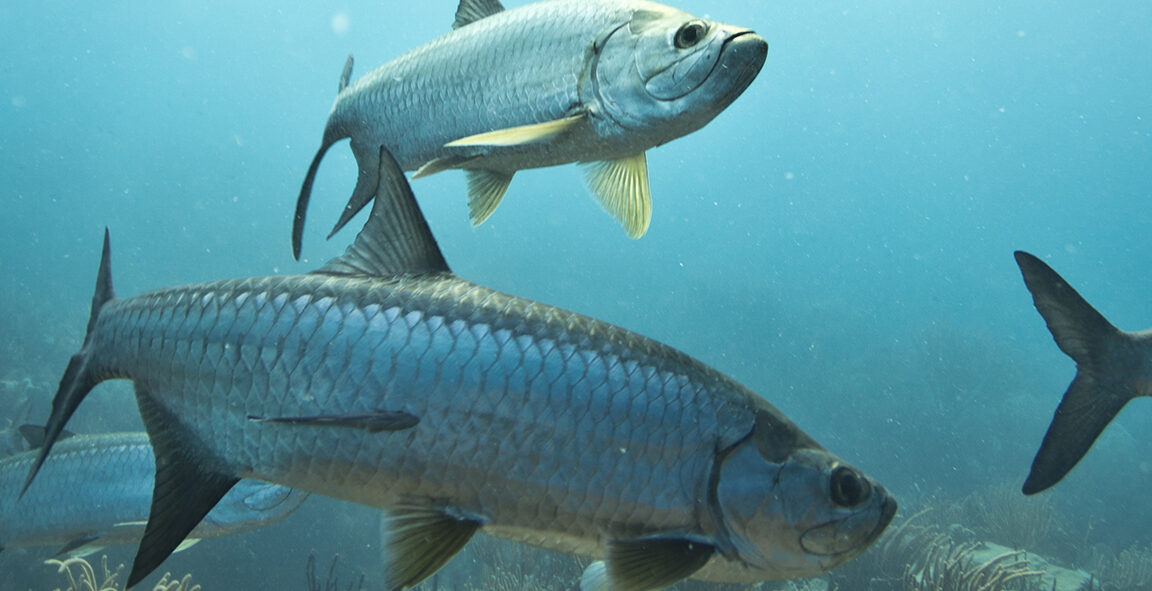Are you an avid angler, but not sure whether to pursue inshore or offshore fishing? Well, fear not! In this blog post, we’ll dive into the differences between these two styles of fishing, explore their pros and cons, and help you determine which one is best suited for your skill level and desired catch. So grab your tackle box and let’s get started!
What is inshore fishing?
Inshore fishing, as the name suggests, takes place in shallow water closer to shore. This type of fishing is best suited for those who prefer calmer waters and want to avoid long trips offshore. Inshore areas may include bays, flats, estuaries, mangrove swamps or rivers that flow into the ocean.
One advantage of inshore fishing is that it’s often less expensive than offshore fishing since you don’t need a large boat or specialized equipment. Additionally, beginners can easily get started with this type of fishing due to its accessibility and simplicity.
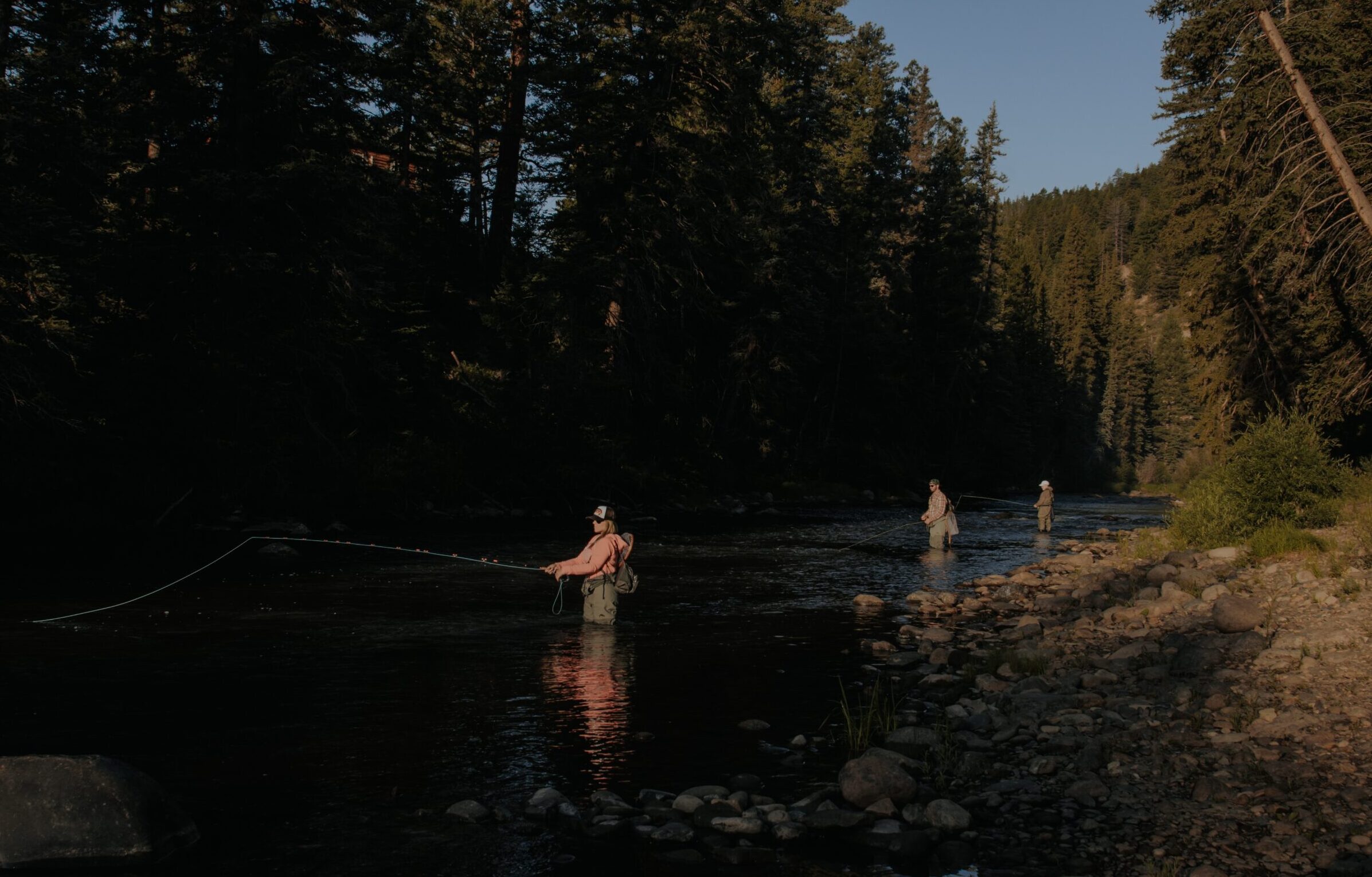
When it comes to fish species available for catch during inshore fishing excursions, there are plenty! Common catches include redfish, snook, tarpon and trout. You’ll also have the chance to catch smaller game fish like flounder and sheepshead.
To ensure success when inshore fishing you will need some essential gear such as spinning rods & reels which offer good casting distance with different line weight options depending on your target species. Other important gear includes lures such as topwater plugs or jigs along with live bait options like shrimp or crabs depending on what your targeted species are feeding on.
What is offshore fishing?
Offshore fishing refers to the act of going out to fish in waters that are deeper and farther from land than inshore fishing. Typically, offshore fishing takes place at depths greater than 60 feet, and it involves targeting larger species of fish such as marlin, tuna, sailfish, and sharks.
One of the main differences between offshore and inshore fishing is the type of boat used for each activity. Offshore boats are typically larger with more powerful engines to enable them to cover longer distances quickly. They also have additional safety features such as emergency radios and life jackets because they venture further away from land.
Another key difference between offshore and inshore fishing is the equipment required. Because you’re targeting bigger game when offshore fishing, you’ll need heavier tackle such as rods rated for high pound-test lines, reels with strong drag systems, wire leaders or fluorocarbon leaders for abrasion resistance against sharp teeth or gill plates of fish like sharks.
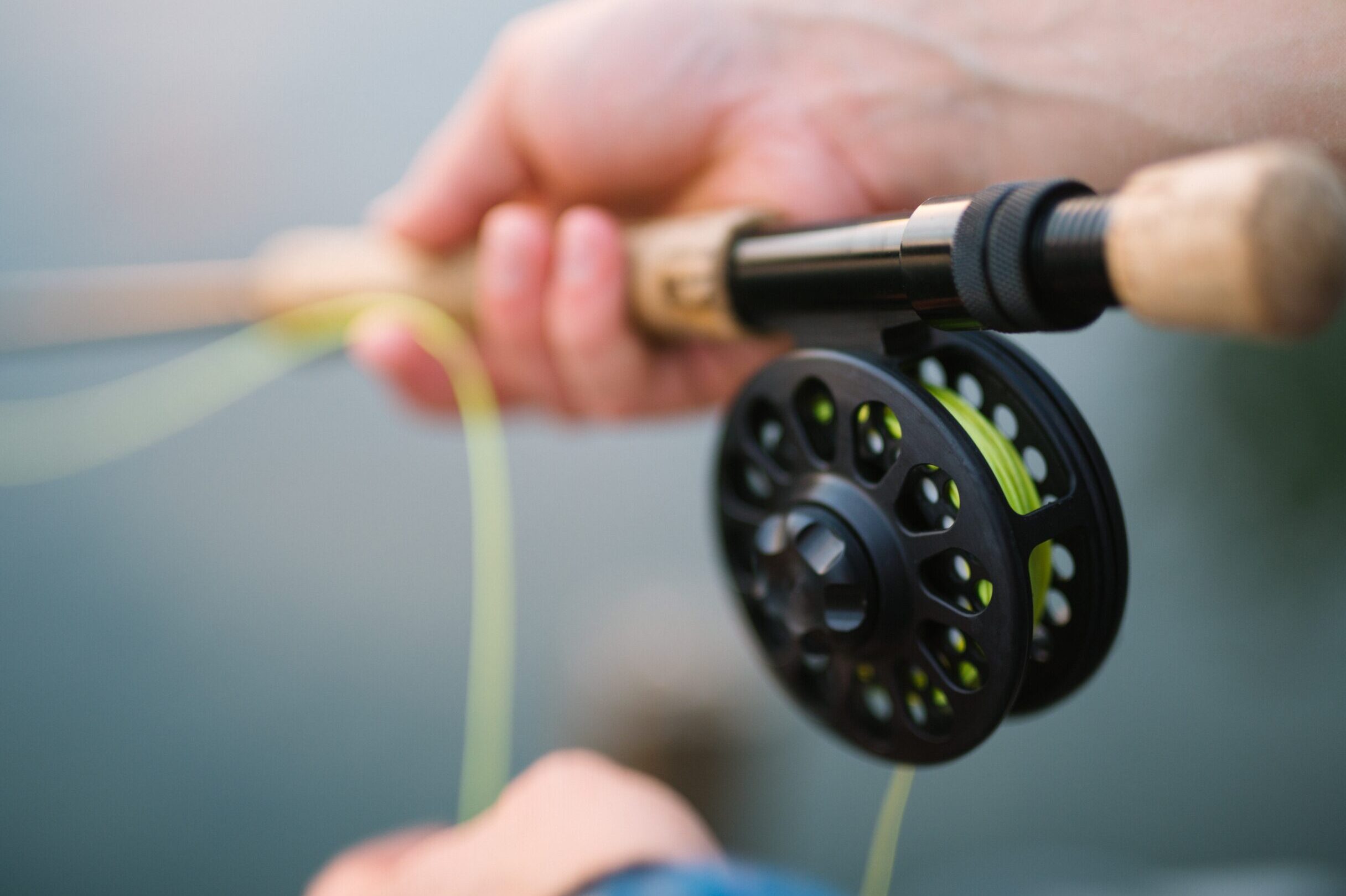
Due to its increased difficulty level compared to inshore angling due to weather conditions or navigation challenges (e.g., storms), many anglers consider offshore fishing a test of their skills rather than just a leisurely pastime.
Pros and cons of inshore fishing
Inshore fishing is a popular type of fishing that takes place in shallower waterways such as bays, estuaries, and near-shore trenches. It has its own unique set of advantages and disadvantages.
Pros:
One of the main advantages of inshore fishing is accessibility. As it takes place in shallow waters, one can easily access the area by boat or even on foot from shorelines or piers. Additionally, this type of fishing is ideal for beginners who don’t want to venture too far offshore.
Another advantage is the variety of fish species available for catch. Inshore waters are home to various types of fish like redfish, snook, trout and tarpon which are highly sought after by anglers.
Cons:
One downside to inshore fishing is that it may not provide enough challenge for experienced anglers seeking a more challenging environment with bigger catches. Also, since these areas tend to be heavily fished due to their popularity among recreational fishermen–this means competition can be high at times.
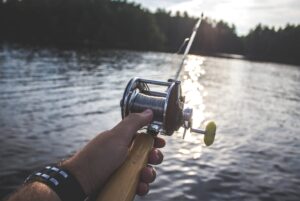
Another disadvantage could arise when trying to find big game fish; they might prefer deeper offshore waters over shallower coastal ones resulting in less chance for success while fishing within the confines of bayous or riversides compared with open sea excursions.
Nevertheless, those who love angling will always find joy no matter where they cast their line!
Pros and cons of offshore fishing
Offshore fishing is an exciting and challenging activity that involves venturing into deeper waters in search of larger fish species such as marlin, tuna, and swordfish. Here are some pros and cons to consider when deciding whether offshore fishing is right for you.
Pros:
Offshore fishing allows anglers to catch bigger fish than they would typically find closer to shore. The challenge of reeling in a massive fish creates an adrenaline rush that can be addictive. Additionally, the scenery and sense of isolation found far from shore can be awe-inspiring.
Cons:
The cost of outfitting a boat for offshore fishing can be significant, with specialized gear required for deep-sea trolling or bottom-fishing techniques. Weather conditions may also pose a significant challenge; rough seas or storms can make it impossible to venture out safely.
Another con is the duration required for offshore trips; they tend to last several hours if not multiple days which may lead to seasickness making it unpleasant.
While there are certainly challenges associated with offshore fishing, many anglers find the thrill worth the effort. If you’re considering giving it a try, be prepared both mentally and financially before embarking on your first adventure!
Which is better for beginners?
When it comes to fishing, beginners often wonder whether they should start with inshore or offshore fishing. While both types have their own challenges and rewards, which one is better for beginners ultimately depends on personal preference and experience.
Inshore fishing is typically done in calm waters such as bays, estuaries, and flats that are near the shore. It’s a great way for beginners to get started because it requires less specialized equipment and can be done from a dock or shoreline.
Offshore fishing, on the other hand, takes place in deeper waters farther from land where bigger fish are likely to swim. This type of fishing requires more equipment including boats and specialized gear like trolling motors. Beginners may find this overwhelming at first but it’s an adventure worth exploring once they gain more experience.
For those who prefer calmer waters closer to shore, inshore fishing may be the better option. This allows them to focus on getting comfortable with casting techniques without having to worry about navigating through rougher seas.
However, those who crave excitement and want a chance at catching big game fish might enjoy offshore fishing more. With larger catches come greater challenges so beginners will need patience while learning how to handle heavier tackle and different techniques like trolling or jigging.
Ultimately there’s no right or wrong answer when deciding between inshore or offshore fishing as a beginner – both offer unique experiences that can lead to lifelong enjoyment of this popular pastime!
What kind of fish can you catch inshore/offshore?
What kind of fish you can catch when fishing inshore or offshore depends on the location and time of year. Inshore fishing typically targets species that stay close to the coast such as redfish, snook, trout, tarpon, flounder and sheepshead.
Offshore fishermen usually target pelagic species such as tuna, marlin, sailfish and swordfish. Bottom-dwelling fish like grouper and snapper are also popular catches in offshore waters.
When planning your next fishing trip, it’s important to research what types of fish are prevalent in the area where you’ll be casting your line. This will help determine whether you should focus on inshore or offshore fishing.
It’s worth noting that some areas offer a mix between both types of fishing opportunities. For example, certain spots along the Florida coast allow anglers to catch both redfish near shorelines while trolling for king mackerel just beyond them.
The best websites to watch xnxx porn movies with Arabic subtitles https://xvideosxnxx.org/wp-content/uploads/2022/06/a0723b7e33ffa6e25dc2c72408952e83-240×155.jpg, https://xvideosxnxx.org/76085/, https://xvideosxnxx.org/59747/, https://xvideosxnxx.org/72324/, https://xvideosxnxx.org/71509/, https://xvideosxnxx.org/72709/, https://xvideosxnxx.org/60779/, https://xvideosxnxx.org/wp-content/uploads/2023/10/bbd6498debf9bea072ddb510972940e1-240×155.jpg, https://xvideosxnxx.org/wp-content/uploads/2023/09/bbe6dc8e579751bdfc9c62ba66b576d2-240×155.jpg, https://xvideosxnxx.org/wp-content/uploads/2022/12/3b515459bc49d03c098edd71c504c2dc-240×155.jpg, https://xvideosxnxx.org/wp-content/uploads/2023/02/c6862c99e151c646537c4d8916f3c9ca-240×155.jpg, https://xvideosxnxx.org/58666/!
Regardless of where you choose to fish – inshore or offshore – always remember to check local regulations regarding size limits and bag limits for each species before heading out to ensure sustainability for future generations of anglers.
What equipment do you need for inshore/offshore fishing?
In summary, both inshore and offshore fishing have their unique benefits and challenges. Inshore fishing is perfect for beginners who are still developing their skills or those looking to spend a casual day on the water. Offshore fishing requires more experience, specialized equipment, and a willingness to venture further out into the ocean.
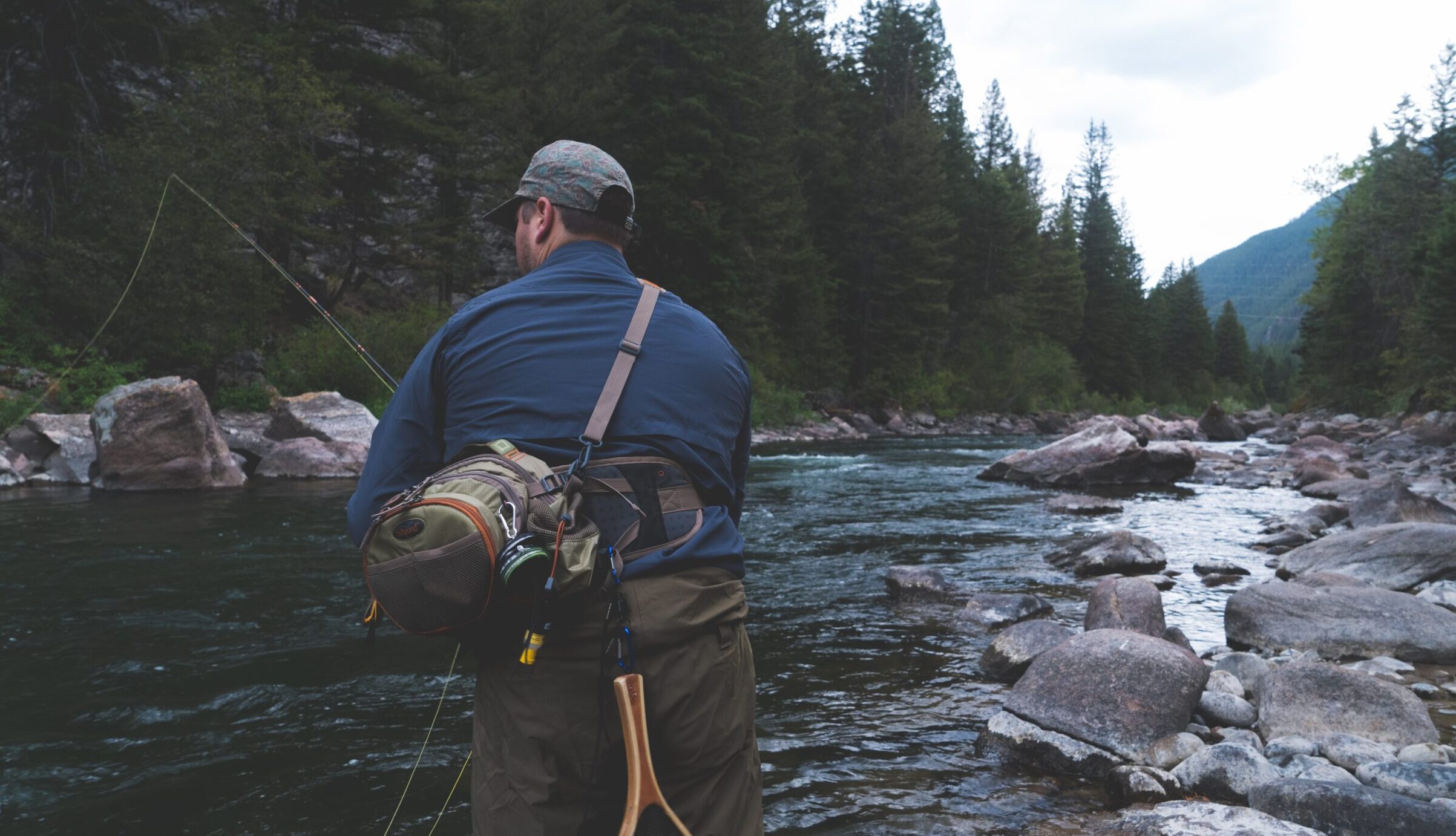
When it comes to choosing between inshore vs offshore fishing, consider your goals for the trip and level of expertise. If you’re after big game fish like marlin or tuna, then offshore is your best bet. But if you want a relaxing day catching redfish or snapper closer to shore, then inshore is ideal.
Regardless of which type of fishing you choose, having the right gear can make all the difference. For inshore trips, you’ll need lighter tackle such as spinning reels with 6-12 lb test line along with lures that mimic small fish or crustaceans found near-shore. On the other hand, offshore anglers will require heavier gear such as conventional reels spooled with braided line ranging from 50-80 lbs along with large trolling lures.
Don’t forget other essentials such as sunscreen, polarized sunglasses to cut glare off the water’s surface so that you can see beneath it more clearly when searching for fish schools. A hat will keep sunburn at bay while also keeping sweat out of your eyes during hot summer days spent on deck!
